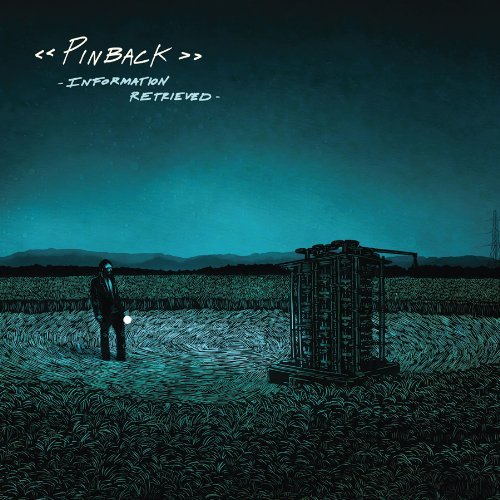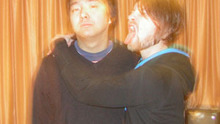Memory Tapes' Dayve Hawk doesn't hang about. Following the slightly cool reception to his second album, 2011's Player Piano, he promptly disappeared to whatever dishevelled hole it is he came from and, less than a year and half later, is back with third LP Grace/Confusion. Seeking to abandon the more concise, traditional songwriting of that last album, Grace/Confusion reaches for a more complex, ambitious and experimental approach.
With six tracks populating just under 40 minutes of running time, at first glance Grace/Confusion seems like a very different kettle of fish from the succinct [i]Player Piano[/i], and indeed anything Dayve Hawk has put out before. Previous work has yielded some lengthy excursions, particularly 2009's monolithic [i]Treeship[/i] which, running at more than 22 minutes, is still his longest publicly released track to date. In the past Hawk has tended to present these longer pieces as stand-alones, or within the context of an album interspersed with briefer songs. But not here.
Despite the similarity in length these tracks share with Treeship, their arrangement differs significantly. While Treeship is a minimal, slow-building soundscape of mostly instrumental movements, the songs on Grace/Confusion have crammed a bonanza of ideas into the kind of rolling, patchwork composition that Burial has experimented with in his recent Street Halo and Kindred EPs. Like Burial, Hawk establishes a mood in each track and then works around it, a variety of styles and sounds orbiting each track's central refrain. As such, while this album has something of a mixtape quality with its tendency to merge these sometimes disparate elements into an engorged whole, you still get the impression that you're listening to cohesive songs, rather than to a meandering mishmash of sound.
This cohesion is further cemented by the strength of the Hawk's songwriting here. While the aforementioned Treeship was sparsely arranged and often slid into the background mid-listen, these songs hook into you and twist around to keep your attention held. Some of these sonic creepers are rooted in the arrangement, for example, the eerie morass that saturates the first half of 'Let Me Be' that jars pleasurably with the more harmonious tracks elsewhere, and the eventual payoff to the wandering crescendo of opener 'Neighbourhood Watch'. But the most magnetic thing about these songs is the great sense of melody that they display. Many felt that the stripped-back approach of Player Piano compromised Hawk's knack for an insidious chorus, and indeed for an insidious verse. This album sees the welcome return of the skill that made 'Bicycle' such an exhilarating listen back in 2009, all delivered in that familiar androgynous croon and slathered with pastel-coloured fuzz.
While the composition of this album may be a little scattershot for some, Hawk succeeds in making this a rewarding and distinctive listen, as well as recalling some old tricks that were sadly lacking in recent efforts. An experiment in style that is perhaps a little confusing at first; but more than makes up for it in its grace.
-
7Paul Stephen Gettings's Score























